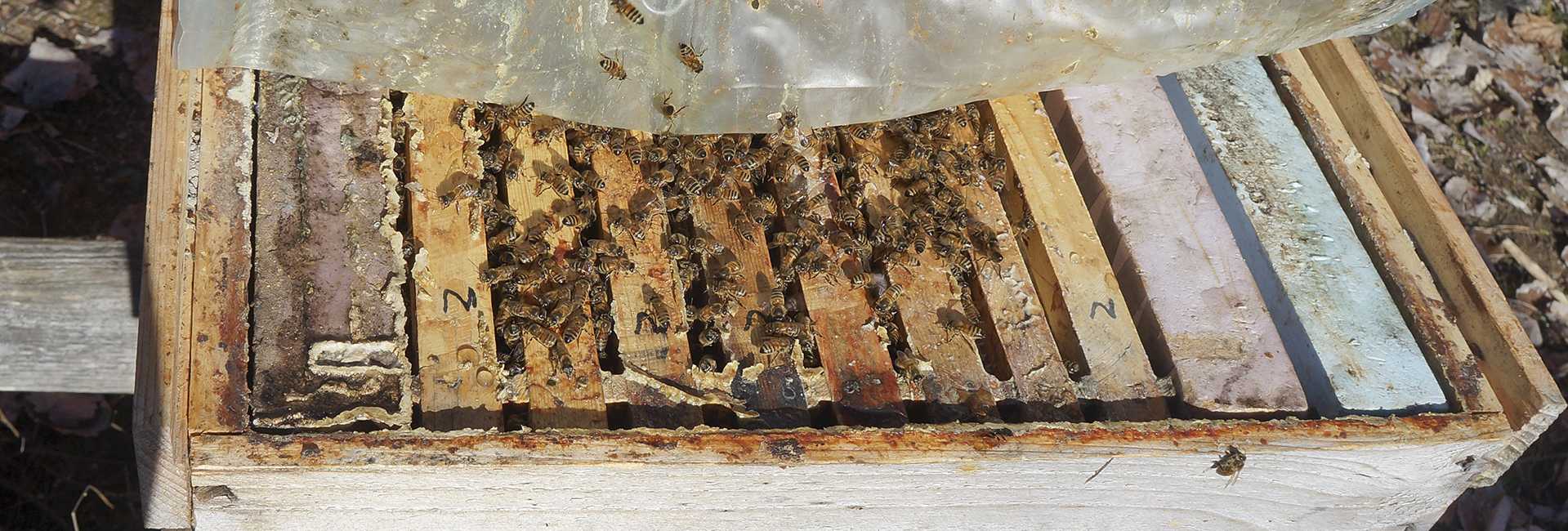Oxalic acid has been used for many years in Europe to kill Varroa mites in bee colonies. Recently it has been approved for use in USA. Photo: Anders Berg When choosing between strategies against this mite it’s good to know
The Beeshakers

‘The Beeshakers’ would be a good name for a pop/rock/soul-band/group, wouldn’t it? Why not a group of beekeepers that have control of their bees and the Varroa infestation? Regardless of if you are on the path of becoming treatment free or
Treatment free feral bees

Up till now anyway, this colony of bees (and their ancestors forming this colony’s ancestor colonies) that has lived in a wall since several colony generations, has never been treated with any kind of chemicals ever, against Varroa mites or
My selection parameters
I have prepared for and selected for varroaresistance for quite some years. Last year I learned how to test a colony for VSH, a simplified method described by John Harbo, easy for everyone to use. DWV-bees on the hardboard Before
Neonics and success
Bees visit corn for pollen, period. Bees visit canola for pollen. Bees visit potatoes for pollen (Danish tests). Bees visit a lot of flowers for pollen. Bees get what the pollen is enriched with. Neonics are not good for bees.
Reading the hardboard

One of the most important parts in my management system has become a simple thin hardboard in front of the entrance. The first thing I do when I come to an apiary is going reading them. They give a lot
Swarm from a tree
Last year my friend had a call in July about a swarm that had come from a big old tree. The cavity couldn’t bee very big. And the swarm was not big. http://www.elgon.es/diary/?p=235 But the bees in the tree survived the
MT-colony conclusion
I have shared the performance of this colony which had almost a box of plastic small cell frames and natural positioning of these frames (as the uppermost broodbox). Which also had a tough experience with mice living in the bottom
First crop from the multitest colony
Last year I gave almost a whole box of plastic frames 4.95 mm cellsize with natural positioning, http://www.elgon.es/diary/?p=384 This colony was a very nice colony, but needed some thymol as it came up with some wingless bees. It gave an
The queen of the wall

Five days after I hived the swarm from the wall I checked it. I placed it about three km from the wall where it originated, to help form the ”stock of the region”. It wasn’t a very big swarm, but